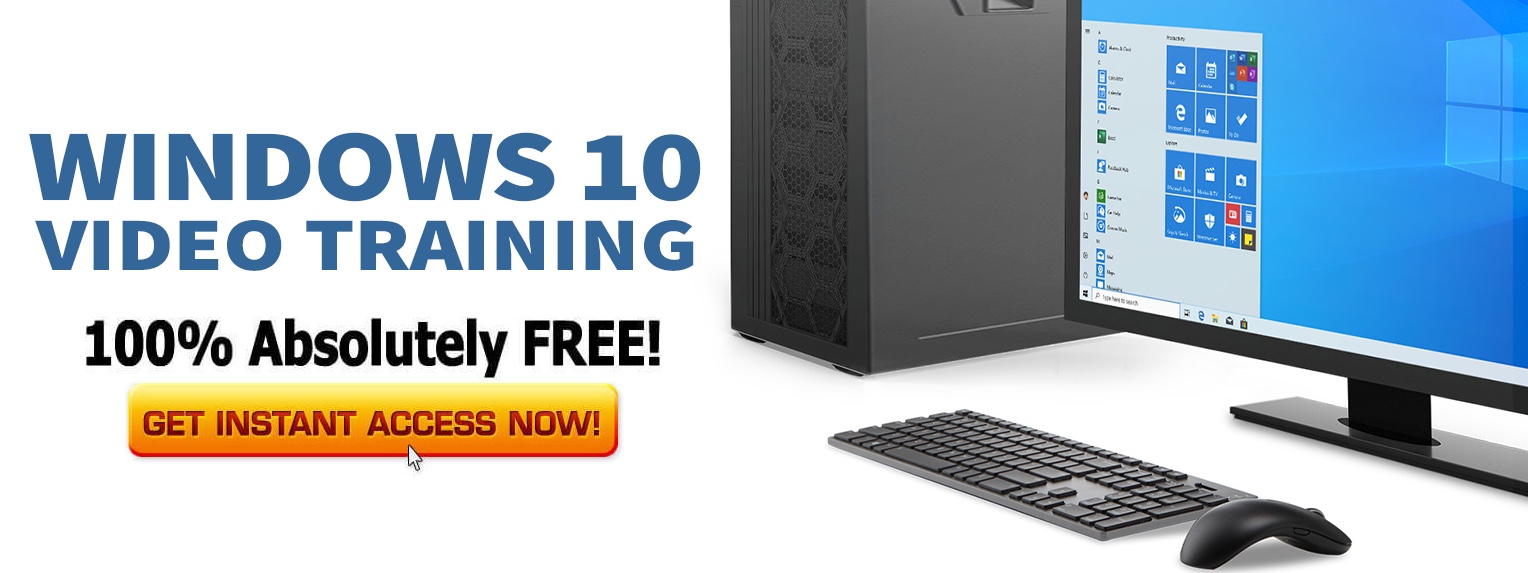In my time writing about Windows 8 and Microsoft, I have stated more than once that the idea of running Android alongside Windows is a nice concept that helps supplement Microsoft’s touch effort’s app selection and other features until it grows up a little more and can stand fully on its own.
This isn’t just some random sentiment from a tech writer though, as we’ve seen many companies and organizations also feel this way. First, we have BlueStacks, which makes it possible to run many Android apps reasonably well on any modern Windows hardware and has even been sub-branded by companies like AMD.
Then we talked about WindowsAndroid, an effort to make a fully usable copy of Android that runs within your OS. There are even companies like Asus that have released hybrid devices that utilize ARM and x86 processors to run Windows 8 and Android.
Now it seems that Intel is getting into the game of Android/Windows hybrids as well. Not to be undone by AMD’s partnership with BlueStacks, Intel Open Source Technology center has now released an Android 4.2.2 Jelly Bean developer preview.
Right now, it is an early pre-alpha copy, isn’t very optimized and is quite buggy. So why does it even matter? It matters because it is a very specialized version of Android, designed to run specifically on Intel X86 processors that use UEFI mode enabled within the BIOS.
In other words, the so-named Android-IA is designed to work with only a handful of specialized Windows devices (mostly tablets) as a solution for dual-booting. Right now, the installer is designed to “not disturb” existing Windows 8 EFI-based devices as long as unpartitioned space is left for it to carry on with the installation process.
You can either get rid of Windows completely with the installer or dual-boot. The later of this is likely its intended purpose.
As already mentioned, right now this is far from a daily driver and is really only intended for developers or simply those curious in seeing how a Windows 8 and Android dual-boot would work. The developer preview comes with the Linux 3.8.0 kernel and signed modules, an interactive installer and Gummiboot boatloader. There is also the Mesa software library that is based on the freedesktop upsstream and a unified installer.
What’s important here isn’t the preview, but what it represents. More than likely, Intel is hoping that they can position this an advantage that sets them apart from the competition. This also means that future Intel-based tablets and Ultrabooks could eventually ship with Android and Windows 8 pre-installed.
As Windows 8’s library grows, the usefulness of having a dual-boot solution probably becomes less significant, but for now this certainly could be a welcome feature. Now Intel just needs to work out the bugs and better optimize the experience. What do you think of Android-IA, does it have potential based on what we know, or not?
[ source ]

